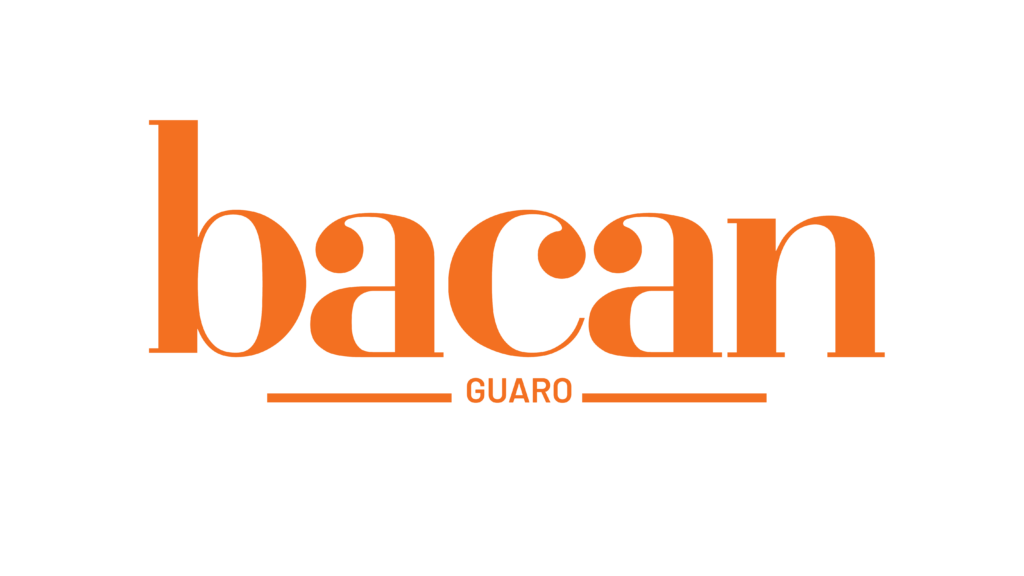Will aguardiente follow in the footsteps of Mexico’s mezcal and Brazil’s cachaça to become the next traditional Latin American spirit to blossom into a premium-plus brand at trendy American cocktail bars, after years of popularity as a rustic drink often consumed in shots?
FIRST PUBLISHED BY: The Spirits Business | By Roger Morris | October 4, 2024.

‘Aguardiente’ is a widely used catch-all term representing a variety of traditional distillates, including rustic rums and brandies that are made in many Hispanic countries in the Western Hemisphere, as well as historically in the Iberian countries of Europe. Rough in character, these aguardientes have at times been well-deserving of their name translated into English – ‘firewater’.
Read the full story here.



